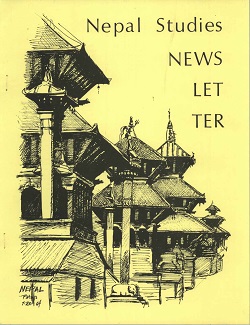Author Biography
Katja Triplett holds a doctorate in the Study of Religions, Japanese Linguistics and Ethnology from Marburg University. She is currently associated with the Humanities Centre for Advanced Studies ‘Multiple Secularities— Beyond the West, Beyond Modernities’ at the University of Leipzig. From 2012 to 2016 she was professor for the Study of Religions at the Department of East Asian Studies, University of Göttingen. Triplett has published widely on topics relating to Japanese Buddhism and medicine.
Abstract
Buddhist ritual healing and medical therapies included care for domestic animals, such as the horse. In pre-modern Japan, equine medicine (ba’i 馬医) was not restricted to the treatment of military horses; it was also practiced in a religious context. The Scroll of Equine Medicine (Ba’i sōshi emaki 馬医草紙絵 巻, 1267) is an enigmatic picture scroll held by the Tokyo National Museum. It extends to more than six meters and contains images of ten divine figures related to the healing of horses, followed by seventeen pictures of plants, and a postscript emphasizing that the content of the scroll should be kept secret. Many of the plants listed in the scroll are either associated with the world of Buddhism, e.g. Yakushi-sō 薬 師草, ‘Medicine Buddha plant,’ or with horses, e.g. metsu-sō 馬頭草, ‘horsehead plant.’ Previous analyses of the scroll largely focused on the botanical identification of the sketches of the plants. This article reviews current interpretations of the scroll and explores the question of whether the plant names were thought to empower the plants to be used as potent materia medica for veterinary purposes. Based on earlier analyses, I suggest a new interpretation of the scroll from a study of religions perspective taking into consideration that some of the plant names in the scroll indicate both health-related and salvific potency. I also address the possible use of the scroll. The scarcity of textual information and the choice of textual detail and imagery in this ‘secret’ scroll suggests that it was used in the context of an oral transmission and empowerment ritual. The scroll itself seems to have been an object of ritual empowerment, rather than a compendium of materia medica for practical daily use when caring for horses.
Acknowledgements
This article was drafted in part with the support of a grant from the Humanities Center of Advanced Studies “Multiple Secularities— Beyond the West, Beyond Modernities” at Leipzig University, funded by the German Research Foundation (DFG). For further information, please see .
Creative Commons License

This work is licensed under a Creative Commons Attribution-Noncommercial-No Derivative Works 4.0 License.
Recommended Citation
Triplett, Katja. 2019. Potency by Name? ‘Medicine Buddha Plant’ and Other Herbs in the Japanese Scroll of Equine Medicine (Ba’i sōshi emaki, 1267). HIMALAYA 39(1).
Available at:
https://digitalcommons.macalester.edu/himalaya/vol39/iss1/12


